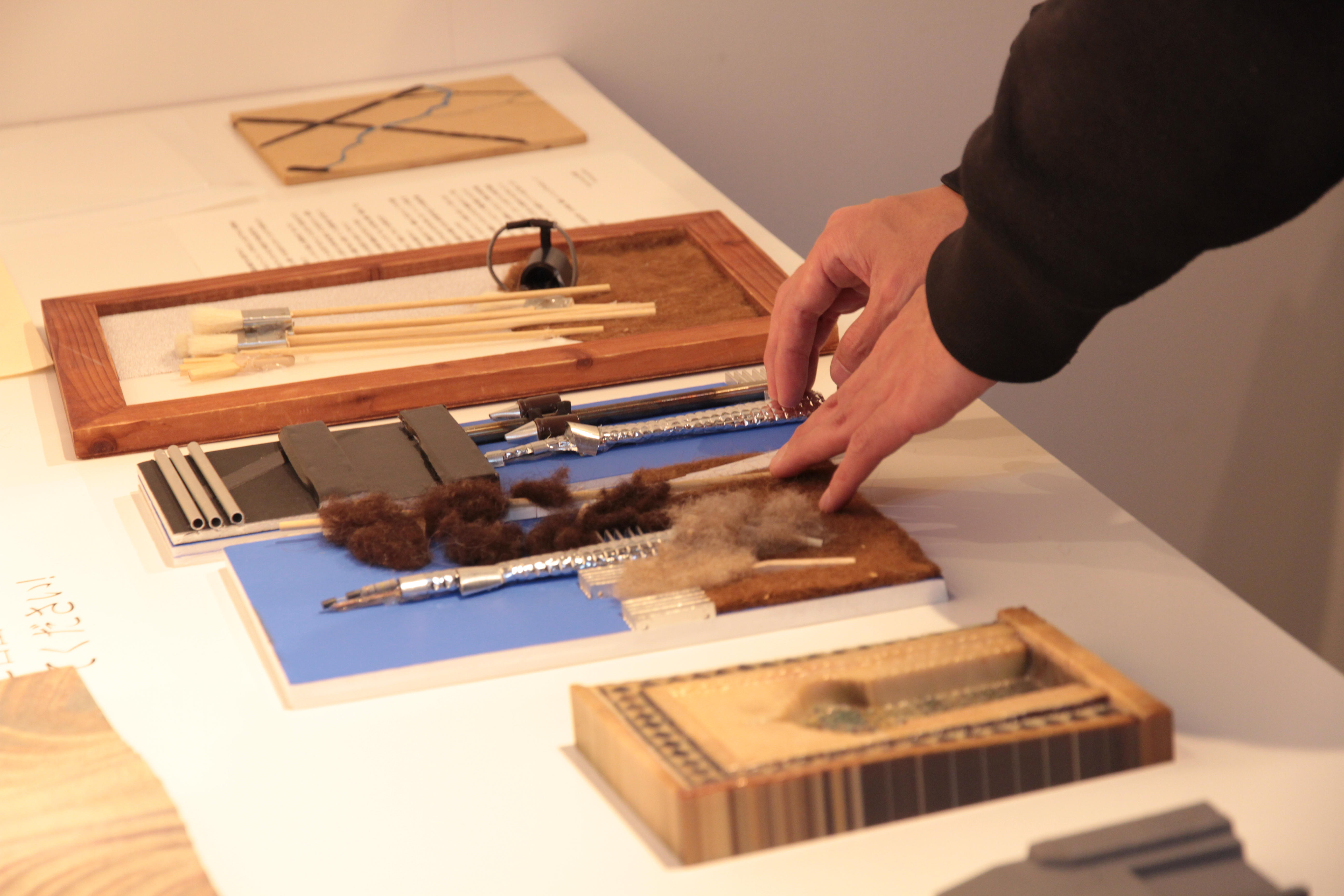Monday 22 February 2010
Sunday 21 February 2010
Thursday 18 February 2010
Saturday 13 February 2010
Jost Muenster: Ground Control at Museum 52
Jost Münster's works experiment with colour and the painted surface exploring the reaches of representation. Working from his urban surroundings, Münster strips away pictorial detail, flattens and collages surfaces with abstract, mosaic-like colour swatches and backgrounds. Using shapes and silhouettes derived from the interplay between architecture and the painterly aspects of the everyday, Münster forges a new and subtle vocabulary of forms and references.
With a distinct musicality Munster's interplay of forms, textures and rhythms creates both a series of individual works, but equally an installation bound by his varying use of speeds, punctuations and chords of colour, which move seamlessly through the works. His work offers a playful and subtle figuration; by continually subtracting points of reference, the work treads a fine line between being weathered and depleted, and conversely, entirely full of fresh content; the painterly marks that obscure and delete become potent and colourful scapes.
These works both invite a genuinely formal response but also question their own status as either paintings or sculptures. This type of distinction establishes the backdrop to Münster's oeuvre as the presence of a set of possibilities that remain significantly undefined.
The origin of all the works is in the painted surface and a very pure interaction with colour and its formal interplay. Münster presents points of departure, several layered chords, all building towards a cadence of colours, textures and forms, which explore the depictions of space. This elegant balancing of the planes of vision makes the space in front of and behind the works seem to fold in and out simultaneously. Solidity gives way to emptiness, constructions are replaced by proposals or suggestions of form as paint is diluted, washed and simultaneously pushed within the surfaces.
Jost Münster was born in Ulm, Germany. He studied at The Fine Art Academy in Stuttgart and Goldsmiths College in London. He currently lives and works in London. He has exhibited in both Europe and the US, with a recent solo exhibition at the Kunstverien Friedrichshafen, Germany.
Labels:
sculpture
Wednesday 10 February 2010
Monday 1 February 2010
Bruce Conner
A seminal, deeply American artist, Conner (1933–2008) was a master of irony and juxtaposition. Arguably the inventor of the found-footage film genre, he created films that are veritable X-rays of the 20th-century American mind, exposing and describing collective fantasies and fears while ultimately remaining deeply personal, intimate, and darkly elusive.
Conner played a significant role in the underground art movement that originated in the US towards the end of the 1950s, though he might have been better known and wealthier had he been less suspicious of the "conservative art gallery system", stayed off the booze and drugs, and concentrated his energies.
Although his work ranged from assemblage pieces - collage sculptures made from nylon stockings, parts of furniture, broken dolls, fur, costume jewellery, paint, photographs and candles, reclaiming objects that had been discarded and neglected - to mysterious mandala designs, photograms of his own body, ink-blot, Rorschach-like drawings and avant-garde films, all had a blend of humour, iconoclasm and intransigence.
Always afraid of selling out, Conner, as a committed oppositional artist, gradually withdrew from the art world in the late 1970s after he became part of the San Francisco punk scene, working as a staff photographer for the "punkzine" Search and Destroy. During that time, he spent most of his nights at a club called the Mabuhay. "I lost a lot of brain cells at the Mabuhay," he explained. "What are you gonna do listening to hours of incomprehensible rock'n'roll but drink? I became an alcoholic, and it took me a few years to deal with that." Yet, despite the woozy atmosphere, he delivered sharp and characterful photos.
Subscribe to:
Posts (Atom)






















